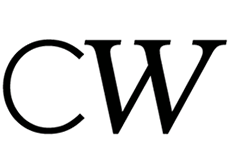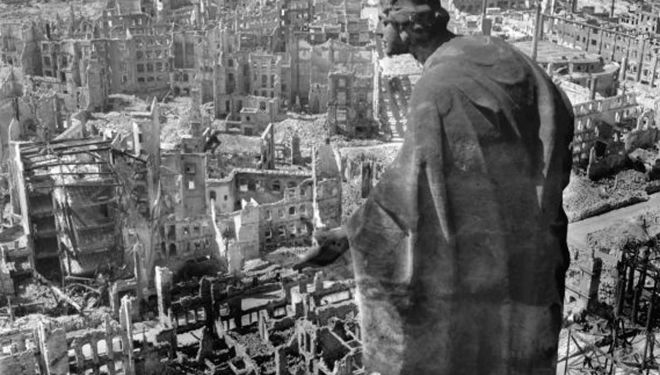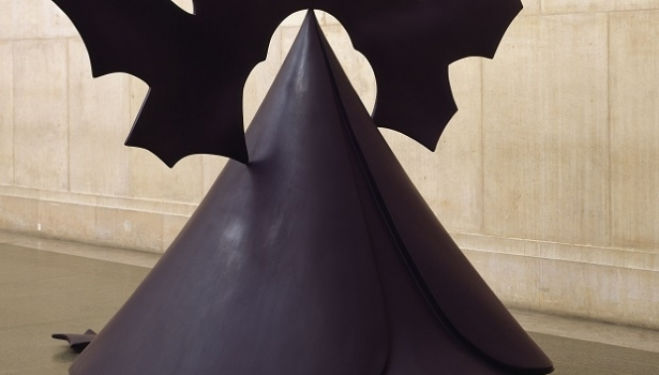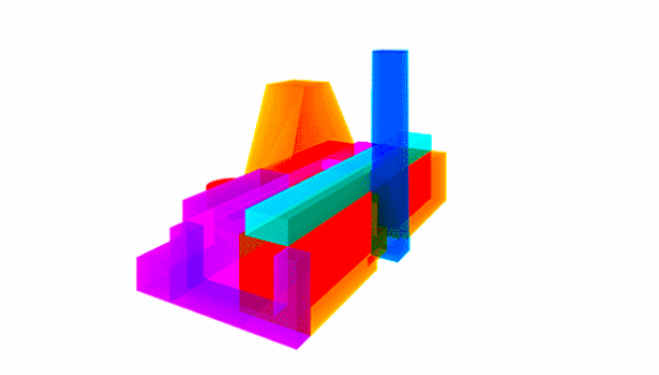Details Announced for Blockbuster Tate Britain Barbara Hepworth Exhibition
Works not seen since 1968 revealed as part of the highly anticipated Tate Britain Barbara Hepworth exhibition. Alice Godwin tells you why it's compulsory viewing.
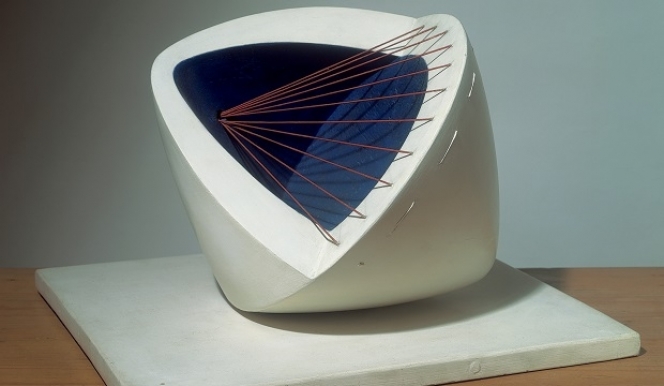
Rooting Hepworth in an international context, this exhibition gives Moore a run for his money and justifies why his Hepworth is just as important to the history of British art. While Hepworth could not schmooze like Moore and could never have been the ambassador for British Art that the Arts Council needed, her contribution to abstract sculpture is absolutely invaluable.
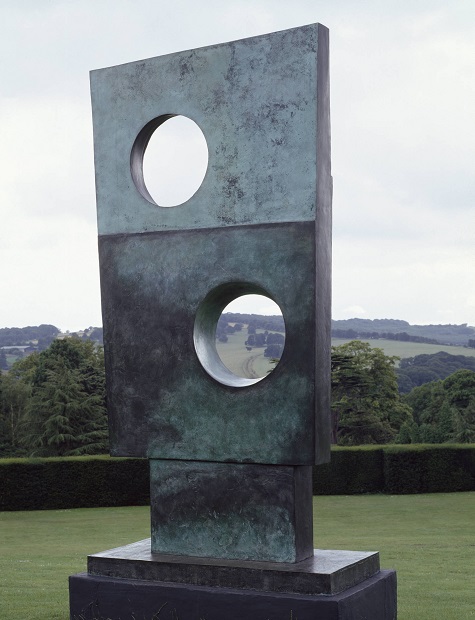
Barbara Hepworth,Squares with Two Circles 1963 Tate
Over 70 key works by Hepworth will be displayed in the Tate galleries, including the major carvings and bronzes inspired by the stormy Cornwall coast for which she is best known. Some of these works have not been seen together for two generations. Lead Curator and Head of Displays, Chris Stephens explains, “Having spent a lot of time looking for lost sculptures for past projects, it is wonderful to have the opportunity to come back in the age of Google and find what might have taken five years to track down or not, can take you a few days or weeks,” Works like Hepworth’s early carvings that had been lost in the vacuum of auctions and private selling turn up in this Tate exhibition including Contemplative Figure (1928), a work discovered in California with the family of the original owner.
The other highpoint of this Tate exhibition is the addition of photographs from the Hepworth Archive, which reveal the sculptor’s practice and how her sculptures were situated in different landscapes like the barren Cornwall coast or the sun-drenched St Ives studio. Tate Britain Director, Penelope Curtis explains, ‘these newly accessible photos and collages reveal Hepworth’s ability as a photographer and the level and range of her ambition. We see an artist in control of her own image and keen that her work be seen in unexpected and highly prestigious locations’.
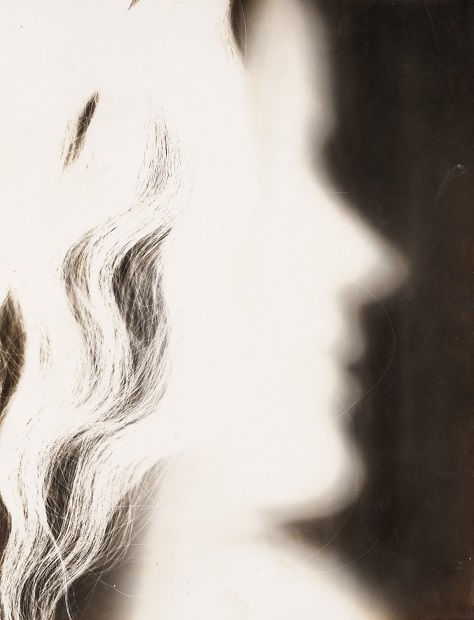
Barbara Hepworth,Self-Photogram 1932 Tate © The Hepworth Estate
Amongst the photographs on display is the particularly ghostly Self-photogram (c.1930) by Hepworth herself, inspired by the silhouettes of her husband Ben Nicholson’s artwork. These photographs offer an intriguing glimpse into the dialogue between Hepworth and Nicholson as their life integrated with their art.
The other principle aim of this blockbuster exhibition is to give Hepworth the air time she deserves. Penelope Curtis explains, "we forget how much of a major international figure Barbara Hepworth was in the 50s and 60s in particular".
